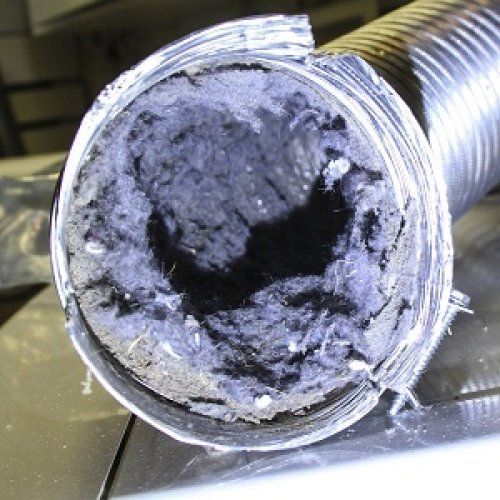Mold, Climate Change, and What You Can Do To Keep Your Family Safe
With institutes like NASA and the Pentagon in the news lately for issuing warnings to civilians about the potential effects and concerns of global climate change, today PowerBees would like to share with you some of the potential effects that climate change can have on mold growth within your home.
How Climate Affects Mold Growth
As weather conditions become more extreme, it is important to be aware of the effects of varying climates on the growth of mold in your home. When given the correct conditions – dark, confined spaces with limited air circulation and high relative humidity indices (especially if the index in your home is greater than 70%), mold can proliferate quickly within a very short twenty-four to forty-eight hour timeframe.
While in previous years, climate models accounting for global climate change have assumed constant relative humidity indices, the Earth Observatory division of NASA has recently released a feature based on the work of geophysicist Ken Minschwaner of New Mexico Tech and climate scientist Andrew Dessler of Texas A&M that shows that there is likely to be an increase in the relativity humidity index in areas of the atmosphere below the upper troposphere, including on Earth’s surface and especially in areas located closer to oceans. Thus it is important to stay vigilant with regards to any potential mold growth due to increased humidity levels and extreme weather events that could potentially cause flooding or high humidity in your home.
If your home has been exposed to a period of high humidity, consider taking the opportunity to protect your family from mold by calling PowerBees for mold testing services who will send a licensed and certified inspector who can prepare free estimates to let you know if your home requires mold remediation services.



















